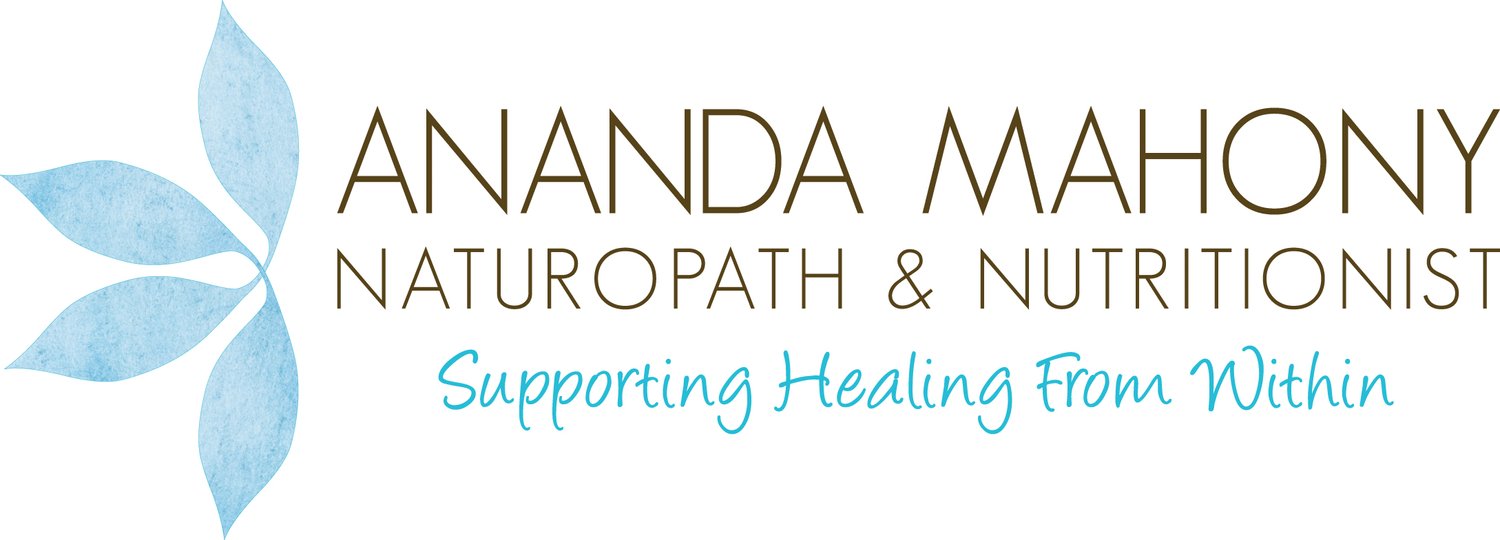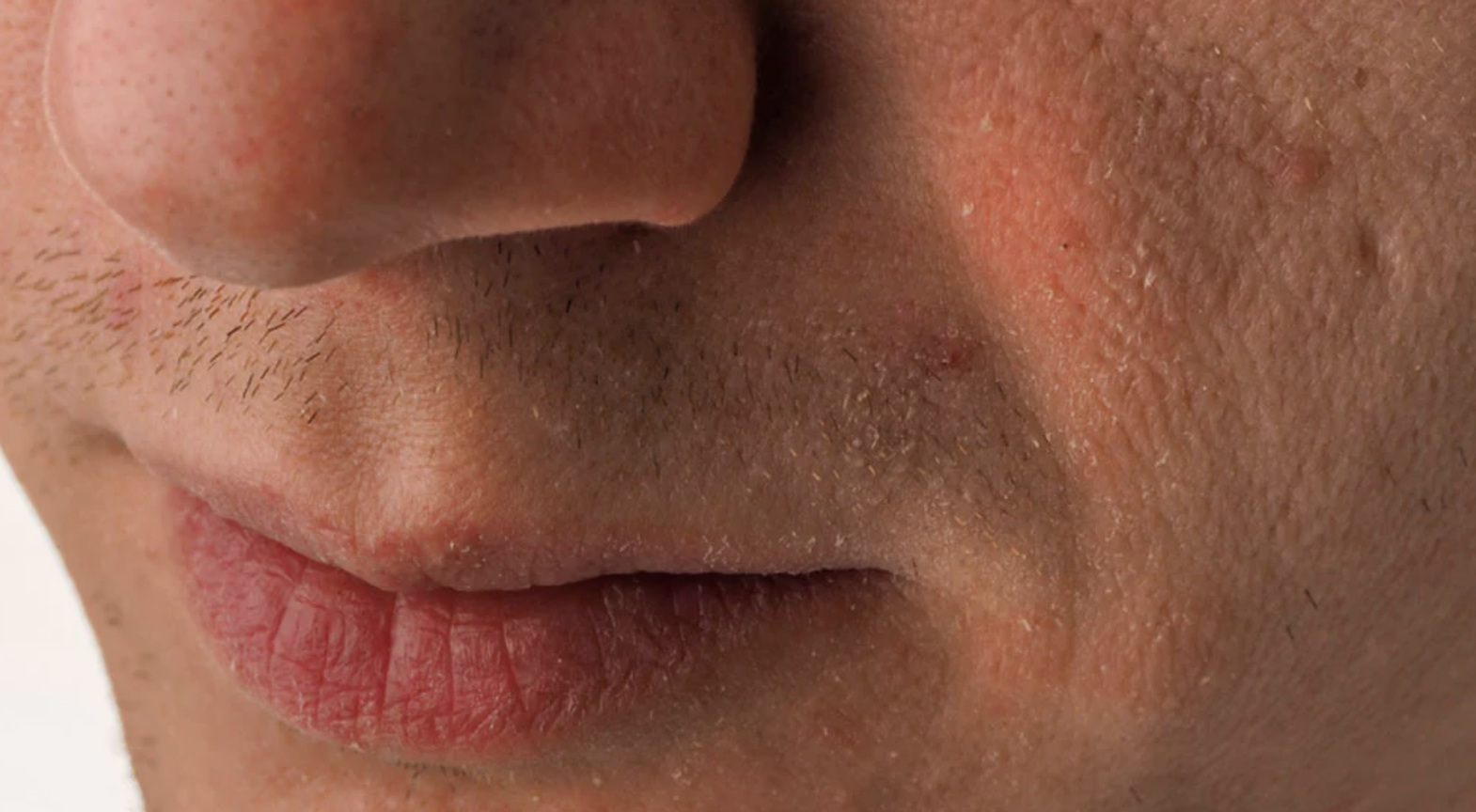Dull, dry, dehydrated skin
If your skin lacks radiance and feels "tight" it is likely that it is dehydrated. The appearance of fine lines due to loss of elasticity and flexibility are other key signs of dehydrated skin. Moisture evaporates readily through the skin, and if we don't stop this occurrence our skin looses its ability to protect against the outside environment leading to even more moisture loss and in the long term, actual skin damage due to poor cellular integrity.
Wind, sun and pollution as well as internal factors such as diet, nutrient levels and hereditary all play a role in the determining the health of our skin as an effective barrier. The very outer layer of our epidermis (top skin layer) is the real protective layer of the skin. It is made up of flattened dead keratinocytes. These dead skin cells are regularly shed and replaced by deeper skin layers moving up to the surface. The glue that keeps the keratinocytes together is formed by lipids such as fatty acids ceramides and cholesterol. This layer forms a waterproof barrier that reduces "Trans Epidermal Water Loss" or TEWL, ensuring adequate moisture content for the skin. It is this barrier that protects against chemicals, irritants and micro-organisms. A deficiency in these epidermal lipids causes the water retention powers of the epidermis to be significantly reduced. Moisture evaporation and skin dehydration generally follow.
Wind, sun and pollution as well as internal factors such as diet, nutrient levels and hereditary all play a role in the determining the health of our skin as an effective barrier.
One section of the skin's waterproof moisture barrier is slightly acidic and as such is know as the acid mantle. The acidity of this layer is due to secretions from the sebaceous and sweat glands and its function is once again protection but in particular stopping the growth of bacteria and fungi. It also assists with maintaining the "glue" that keeps the outer layer skin cells bound together. If acid pH of the skin is disrupted it becomes more alkaline and starts to lose its protective properties.
It is the balance of sebum (skin oil) and perspiration that keeps the skin healthy. Skin dehydration occurs when the water and oils that form part of the protective layer are out of balance. This can happen for a number of reasons:
Evaporation of moisture through the skin. Factors that promote moisture evaporation include dry air (ie lack of humidity or air-conditioning), wind, prolonged water exposure (swimming in pools or long showers).
Damage to the waterproof barrier or disruption of the acid mantle leaving the skin open to issues such as dehydration, roughness, infection, redness and irritation. Synthetic foaming agents such as sodium laurel sulphate are a significant cause of acid mantle disruption.
Low water and healthy fat intake - adequate water intake is required to maintain cellular fluid. Essential fatty acids from good fats help maintain the fatty membrane surrounding the cell, holding in moisture and nutrition.
Ageing. As we age, there is a reduction in the water holding capacity of the skin as well as the production of natural oils.
Managing Dry/Dehydrated Skin
Sun, wind, cold air and hot water all increase water loss. You can reduce evaporation by making a few changes to your routine:
Have short showers – long hot showers and swimming in heated pools opens up the pores and increases water loss from your skin.
If you are in air-conditioning, make sure you keep hydrated. To increase the fluid uptake into your cells add a squeeze of lemon or orange juice to your water bottle.
When out in the wind or cold apply a lip balm to help minimise moisture loss from your lips.
If you know you are going to be exposed to the elements, wear a richer moisturiser or a thicker sunscreen to help avoid sun and wind damage.
The next step is to repair the waterproof barrier and restore the skin's ability to attract and retain water. Ideally any skin care product applied will have a number of roles which include delivering nutrition which assists with repair, maintenance of the acid mantle and moisture barrier and a softening effect achieved by attracting water from the external environment. To achieve this, the ingredients must be able to be absorbed properly by the skin. Water based ingredients may have a temporary plumping effect on the surface of the skin but this effect will not last as the ingredients haven't been absorbed into the deeper layers of the skin. Lipids and oil soluble ingredients are more readily absorbed by the skin as are ingredients that have a smaller particle size.
Most cosmetic products on the market don't actually help the skin repair damage to the barrier or acid mantle. They act as emollients, reducing water loss from the skin by covering it with a protective layer. Effectively they keep water in the skin. Common emollient ingredients include butters, waxes and oils as well as products such as petroleum and lanolin. While emollients are helping to reduce the problem, they aren't actually remedying the underlying cause. The other issue with some emollient ingredients is that they may actually cause more problems.
Petroleum products such as mineral oil sit on the surface of the skin, stopping the skin from breathing and have the potential to block pores. By contrast natural waxes and oils allow the skin to breath. Some of the heavier waxes or butters may still block pores however natural carrier and essential oils are unlikely to have this effect.
When it comes to ingredients that achieve this end, our natural pantry is rich in ingredients that can help restore skin hydration rather than just masking the problem. Many natural carrier oils such as Rosehip, Sweet Almond, Tamanu, Marula, Jojoba and Evening Primrose Oil are readily absorbed by the skin. They have the ability to nourish the skin, provide an effective barrier to water loss and reduce TEWL.
Oils such as Rosehip also contain essential fatty acids (EFAs) that promote the repair of the cellular membrane, allowing skin cells to retain more water. Ironically if the skin cells are deficient in EFAs, it can cause the sebaceous glands to become overactive, producing more oil. With an EFA deficiency, the skin will often be oily through the T-zone and dry across the cheeks. As long as the appropriate natural carrier oils are used, they can have a balancing effect, reducing both oily and dry skin conditions. Ideal choices for skin that is both oily and dry include Rosehip and Sweet Almond.
Many carrier oils such Marula, Rosehip and Boabab also contain essential skin vitamins such as A, E and C that promote healthy cellular function. As antioxidants, the vitamins also help slow skin ageing.
Nutrition for dehydrated, dry skin
What you do on the "inside" also has an impact in skin hydration. Reducing factors that have a diuretic effect such as alcohol and coffee will increase cellular hydration. The other key issue is ensuring adequate good fats in the diet. Good fats such as essential fatty acids (EFA's) ensure the cell membrane remains flexible. This allows the cell to excrete toxins and cellular waste products and hold onto nutrients and water. EFAs also help to keep skin flexible and hydrated and promoting skin healing. Deep Sea fish are among the best source of EFAs including tuna, salmon, anchovies and sardines. Other good sources of EFA's include avocado, nuts & seeds, flaxoil and Evening Primrose Oil. Keep in mind...
Drink enough water as adequate water intake is required to maintain cellular fluid.
Essential fatty acids from good fats help maintain the fatty membrane surrounding the cell, holding in moisture and nutrition. Good fat sources include deep sea fish, olive oil, nuts & seeds, avocado and flax seeds.
If your skin is really dry, try the Skin Healing Drink for 7 days. The difference this will make is truly astounding.
Skin Healing Drink
This drink is fantastic for anyone with inflamed, dry or dehydrated skin. The lemon has an astringent effect which means it stimulates the liver to release bile into the digestive tract to be eliminated. The bile contains stored toxins so effectively you are dumping waste from your liver. The lecithin and fish oil prime your digestive system for the day, particularly your fat digestion so again supporting the liver. And of course water is just plain good for you and helps flush out daily waste particularly via your kidneys.
In addition to all the good detoxing, fish oil supports the moisture holding capacity of your skin cells and has a anti-inflammatory effect thereby supporting your skin’s health. Feedback from client is that skin is generally more hydrated and much more even toned since being on the Lemon Detox Drink.
The recipe is as follows:
1/2 lemon (wash the outside)
1 tablespoon of soy lecithin (German is better than US variety)
1 tablespoon of Omega 3 Fish Oil or Super D Cod Liver Oil (naturally lemon flavoured)
300mls of filtered water
Method: finely grate the rind of the lemon into the blender then squeeze in the lemon juice. Add the lecithin, flax oil and water. Blend for 1 minute until frothy. Pour and drink.



